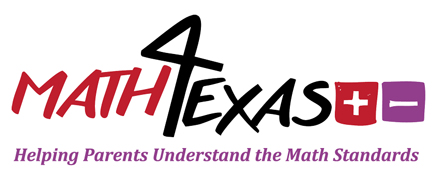T.I.P.S.
-
 Students should recall their prior knowledge from first grade where they measured the same object/distance with units of two different lengths and described how and why the measurements differed. Now students must be able to describe how and why the shorter the unit of length, the more units are needed to measure the same object and the longer the unit of length, the fewer units are needed to measure the same object. Units may include a ruler, meter stick, yard stick, linking cubes, color tiles, centimeter cubes, paperclips, etc.
Students should recall their prior knowledge from first grade where they measured the same object/distance with units of two different lengths and described how and why the measurements differed. Now students must be able to describe how and why the shorter the unit of length, the more units are needed to measure the same object and the longer the unit of length, the fewer units are needed to measure the same object. Units may include a ruler, meter stick, yard stick, linking cubes, color tiles, centimeter cubes, paperclips, etc.
Example
-
Trey and Chuck both measured the highlighter below but came up with different measurements. Trey measured 8 centimeters and Chuck measured 3 inches. How are both Trey and Chuck’s answers correct? Explain why both answers are correct.
Digital Tools
-
Click on the following links for interactive games.
Resources
-
Click on the following links for more information.
TEKS
-
2.9 Geometry and measurement. The student applies mathematical process standards to select and use units to describe length, area, and time. The student is expected to:(B) describe the inverse relationship between the size of the unit and the number of units needed to equal the length of an object





 Click
Click 

